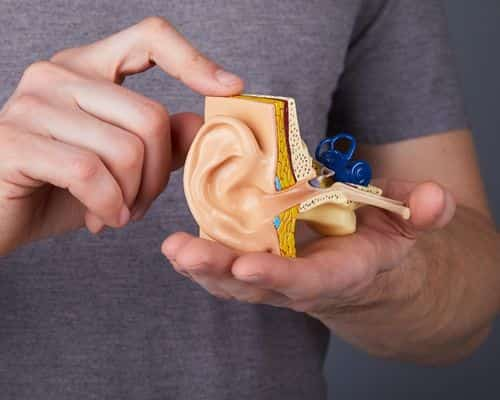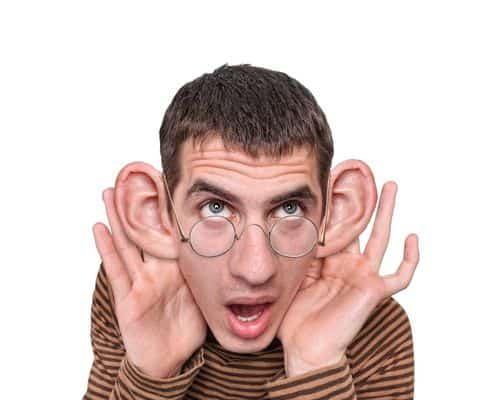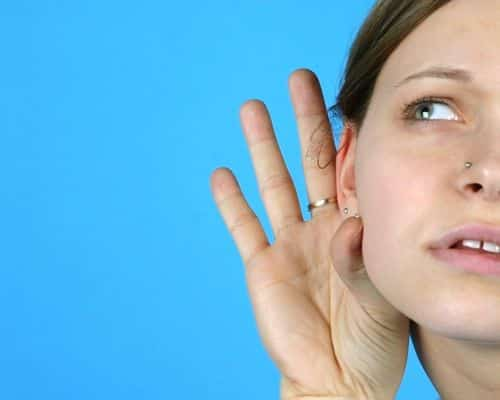The human ear can detect changes in temperature.

The human ear is not specifically designed to detect changes in temperature, although changes in temperature can affect the ear canal and cause discomfort.
The human ear is responsible for both hearing and balance.

The ear is divided into three parts: the outer ear, the middle ear, and the inner ear. The outer ear collects sound and sends it to the middle ear, which amplifies it and sends it to the inner ear. The inner ear is responsible for both hearing and balance.
The human ear can only hear sounds within a certain frequency range.

The human ear can typically hear sounds within a frequency range of 20Hz to 20,000Hz but this generally changes as a person ages.
The human ear can detect ultrasound.

The human ear can only detect sounds within a certain frequency range, and ultrasound is a type of sound that is above the upper limit of human hearing.
The human ear can detect changes in pressure.

The human ear has a structure called the eustachian tube, which connects the middle ear to the back of the throat. The eustachian tube helps to equalize pressure between the middle ear and the outside environment, allowing the ear to detect changes in pressure less than one billionth of atmospheric pressure.
Advertisement
The cochlea is responsible for detecting vibrations in the air.

The cochlea is a spiral-shaped organ located in the inner ear. It is responsible for detecting vibrations in the fluid of the inner ear, which are then converted into electrical signals that are sent to the brain.
The human ear can heal itself from damage caused by loud noises.

The human ear can be damaged by exposure to loud noises, and this damage is usually permanent. The ear cannot heal itself from damage caused by loud noises, but one can take preventative measures such as wearing earplugs.
Earwax is harmful to the ear.

Earwax, also known as cerumen, is produced by glands in the ear canal. It is not harmful to the ear and it serves to protect the ear by trapping dirt and other particles and preventing them from reaching the eardrum.
The vestibular system is responsible for maintaining balance.

The vestibular system is a complex network of nerves and structures in the inner ear that helps to maintain balance and sense of spatial orientation.
The eardrum is responsible for amplifying sound waves.

One of the 3 tiny bones in the middle ear called the ossicles amplifies sounds.
Advertisement
The human ear can detect a wider range of sounds than any other animal.

Some animals, such as dogs, can hear a wider range of sounds than the human ear.
The human ear can fully recover from a ruptured eardrum.

The eardrum can heal itself within a few weeks after a rupture, but if the eardrum is repeatedly ruptured or if the rupture is caused by a chronic ear infection it may require surgery.




